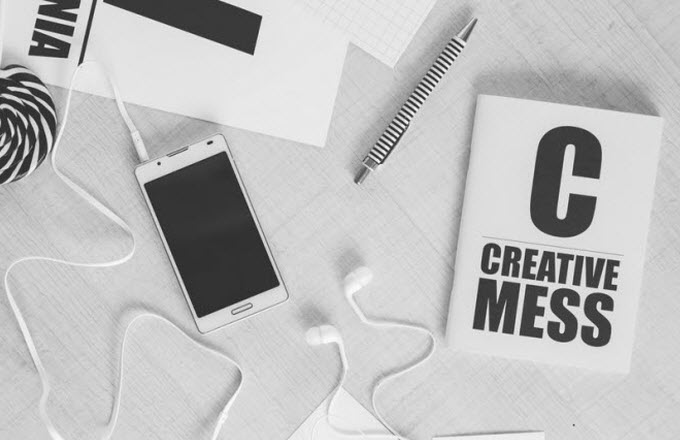The tech world has finally coalesced around a charging standard, after years of proprietary adapters and ugly wall wart power supplies. Well, sort of.
en years ago, you always had to make sure you had the correct power supply for each of your gadgets. Usually, that power supply wasn’t even labeled. Today, you can charge your phone at your friend’s house, plug your ebook reader into any computer, and download photos from a digital camera directly to your TV, all thanks to a standardized connector. In its place, though, there’s a new problem: USB power. Not all USB chargers, connectors, and cables are born equal. You’ve probably noticed that some wall chargers are stronger than others. Sometimes, one USB socket on a laptop is seemingly more powerful than the other. On some desktop PCs, even when they’re turned off, you can charge your smartphone via a USB socket. It turns out there’s a method to all this madness — but first we have to explain how USB power actually works.
There are now four USB specifications — USB 1.0, 2.0, 3.0, and 3.1 — in addition to the new USB-C connector. We’ll point out where they significantly differ, but for the most part, we’ll focus on USB 3.0, as it’s the most common. The other important fact is that in any USB network, there is one host and one device. In almost every case, your PC is the host, and your smartphone, tablet, or camera is the device. Power always flows from the host to the device, but data can flow in both directions.
Okay, now the numbers. A regular USB 1.0 or 2.0 socket has four pins, and a USB cable has four wires. The inside pins carry data (D+ and D-), and the outside pins provide a 5-volt power supply. USB 3.0 ports add an additional row of five pins, so USB 3.0-compatible cables have nine wires. In terms of actual current (milliamps or mA), there are three kinds of USB port dictated by the current specs: a standard downstream port, a charging downstream port, and a dedicated charging port. The first two can be found on your computer (and should be labeled as such), and the third kind applies to “dumb” wall chargers.
USB-C is a different connector entirely. First, it’s universal; you can put it in either way and it will work, unlike with USB. It’s also capable of twice the theoretical throughput of USB 3.0, and can output more power. Apple joined USB-C with USB 3.1 on its new MacBook, and Google included it on the new Chromebook Pixel. We’re also starting to see it on phones, with the first being the OnePlus 2. But there can also be older-style USB ports that support the 3.1 standard.
The USB spec also allows for a “sleep-and-charge” port, which is where the USB ports on a powered-down computer remain active. You may have noticed this on your desktop PC, where there’s always some power flowing through the motherboard, but some laptops are also capable of sleep-and-charge.



